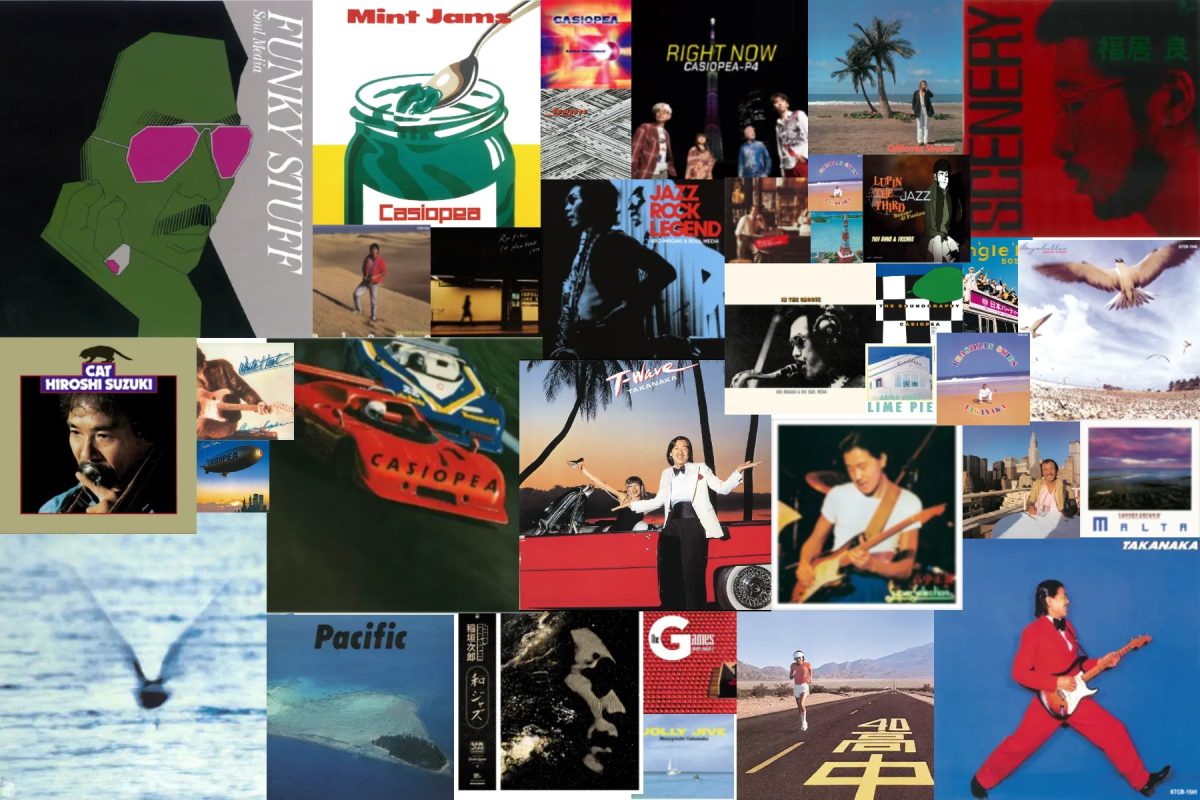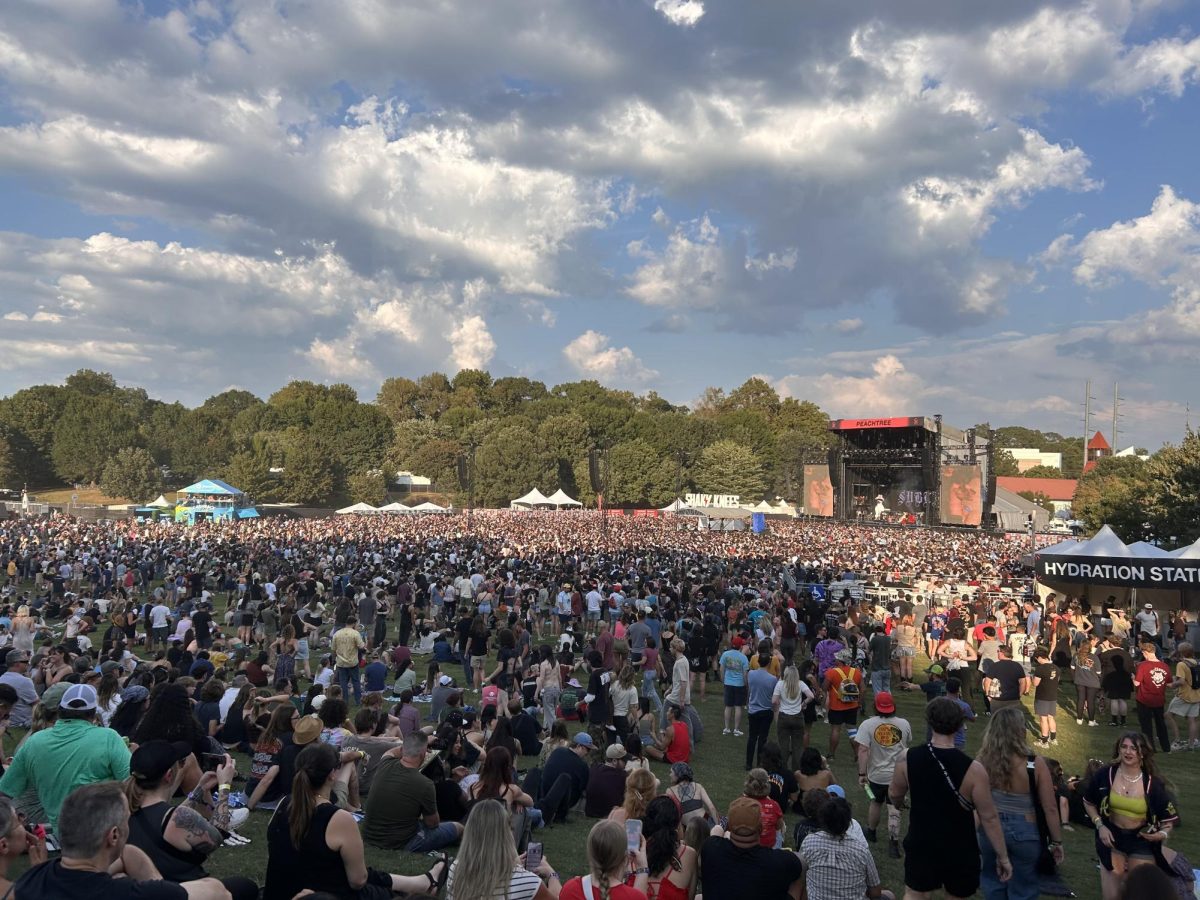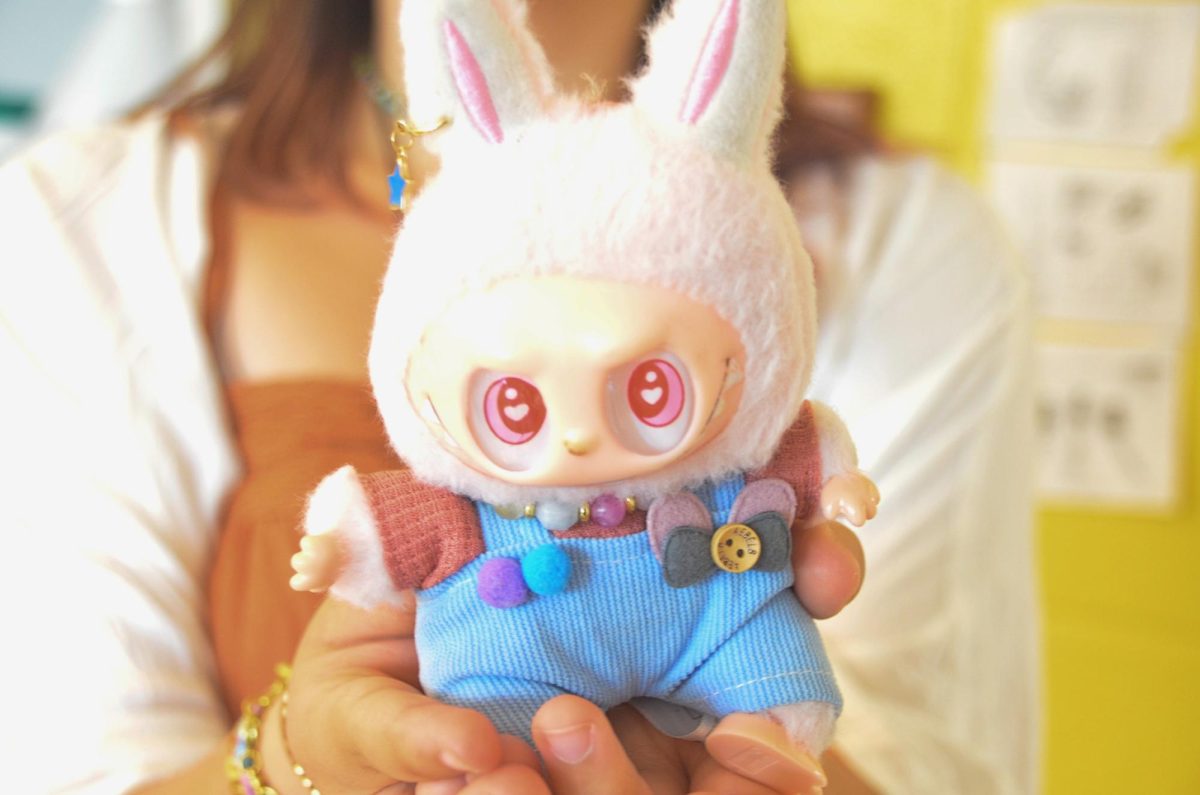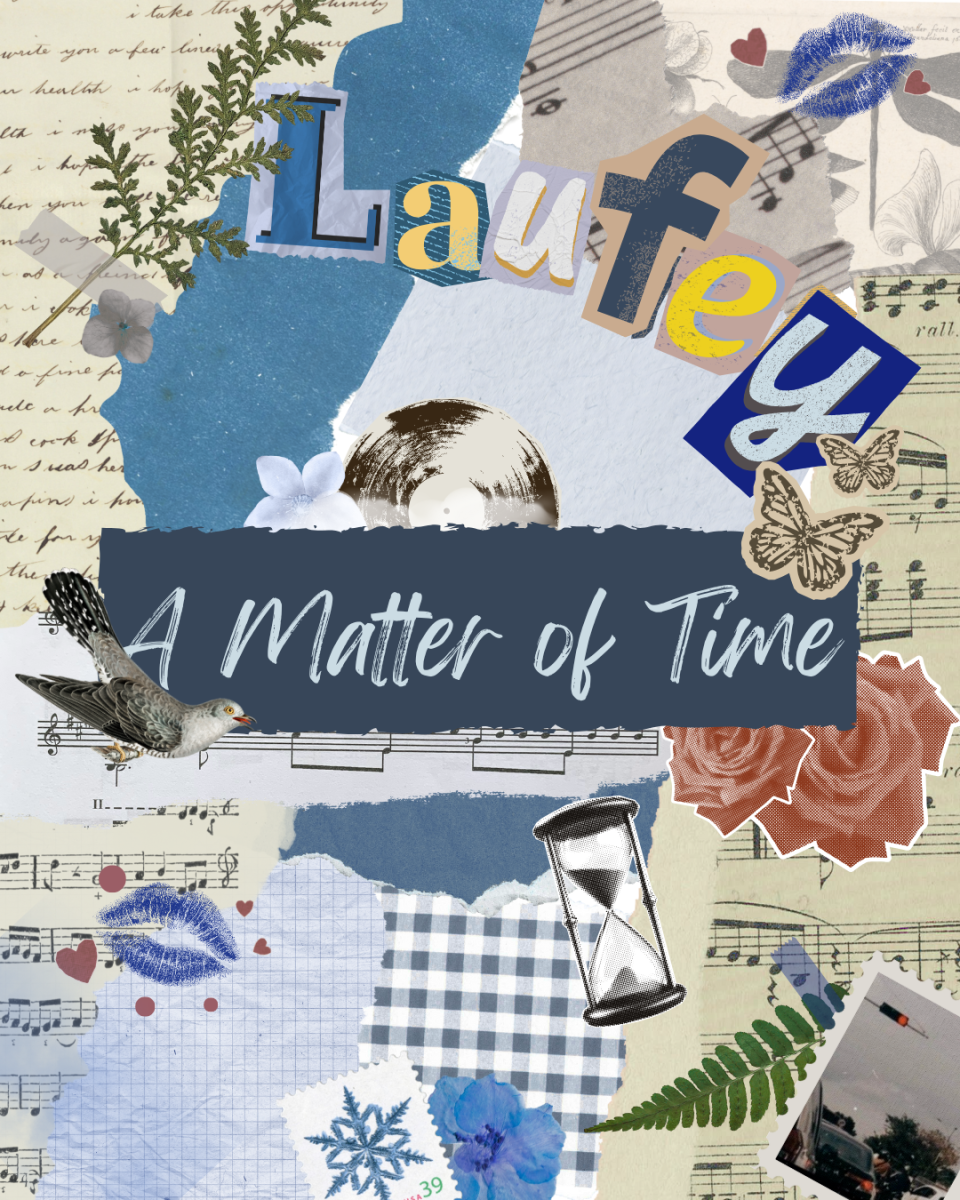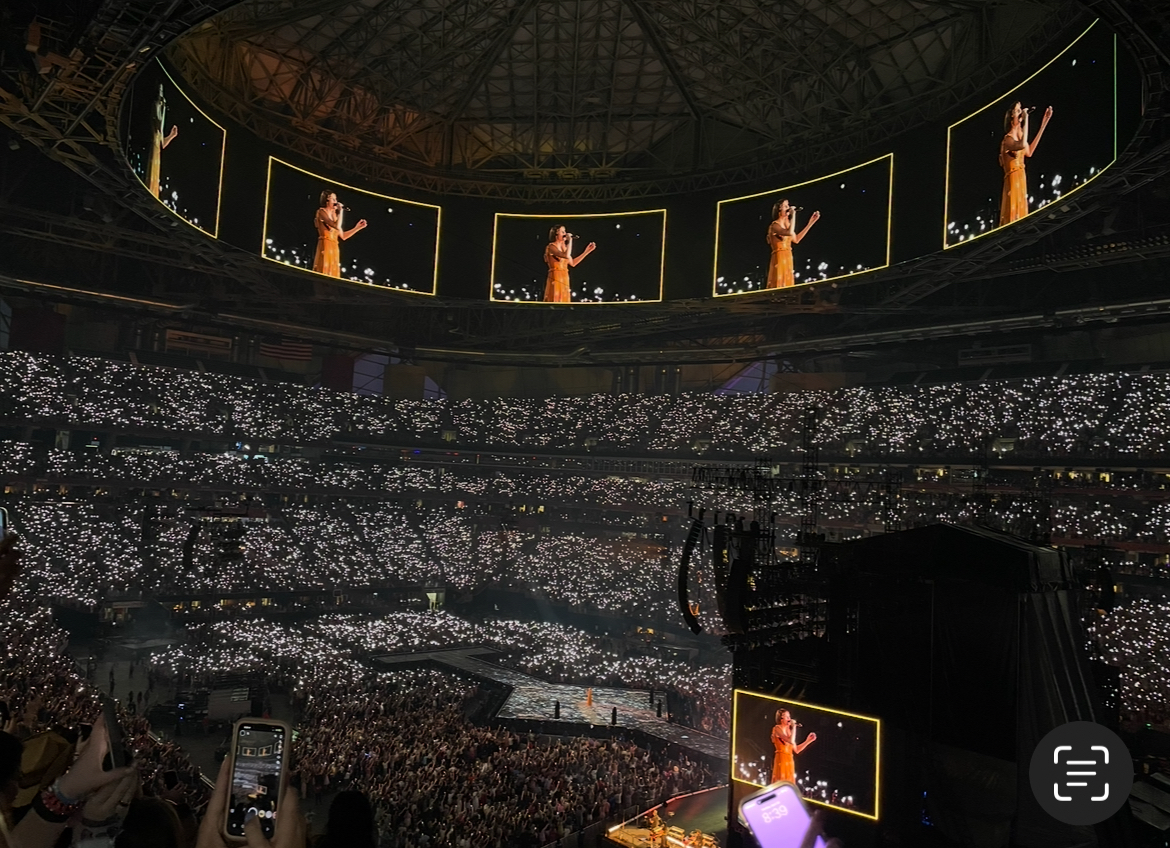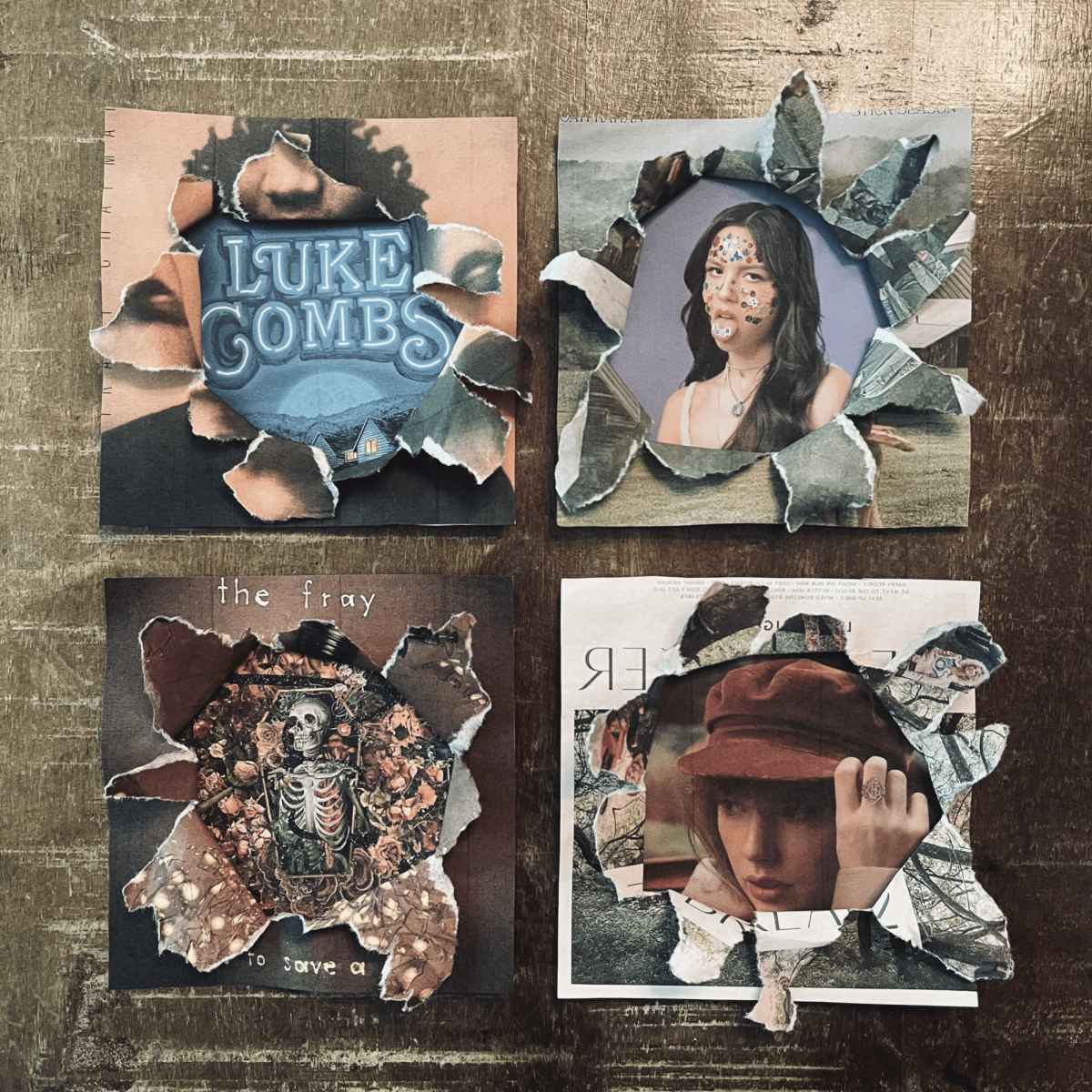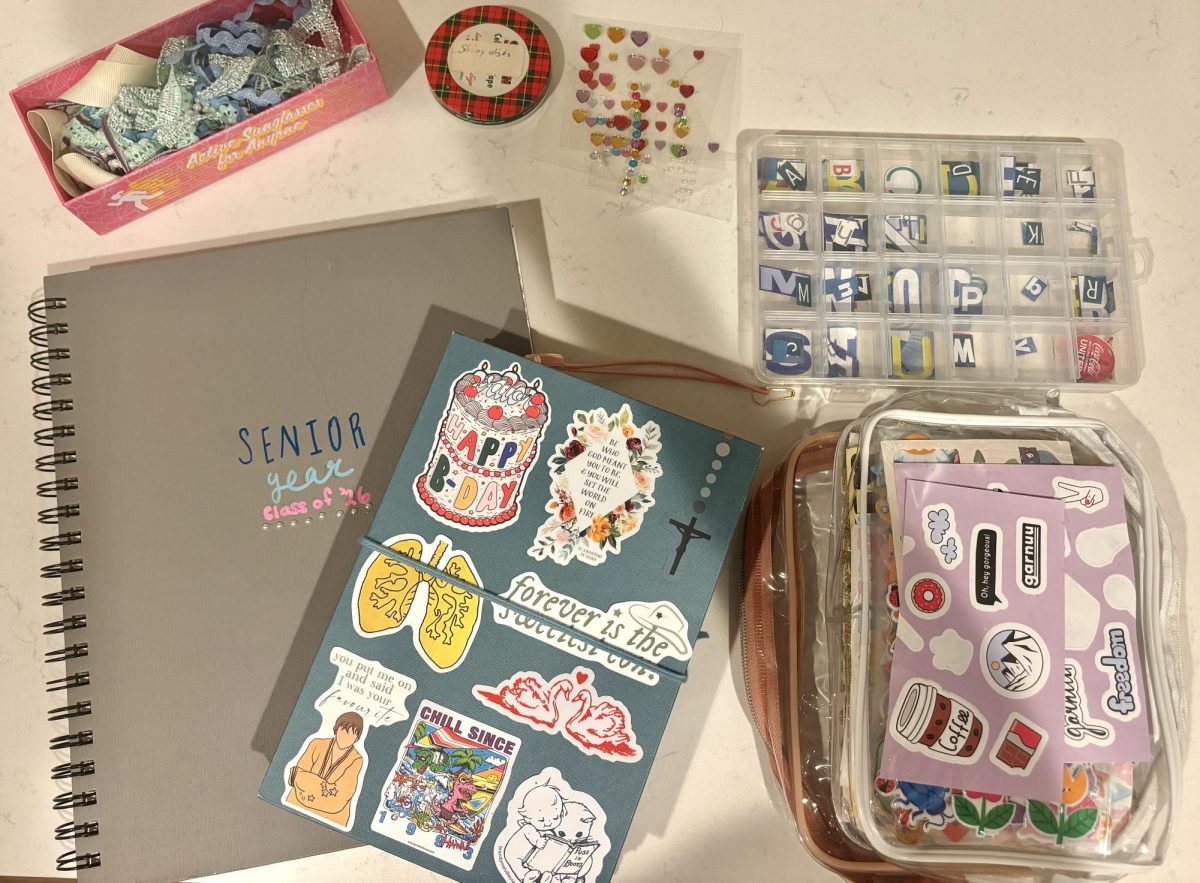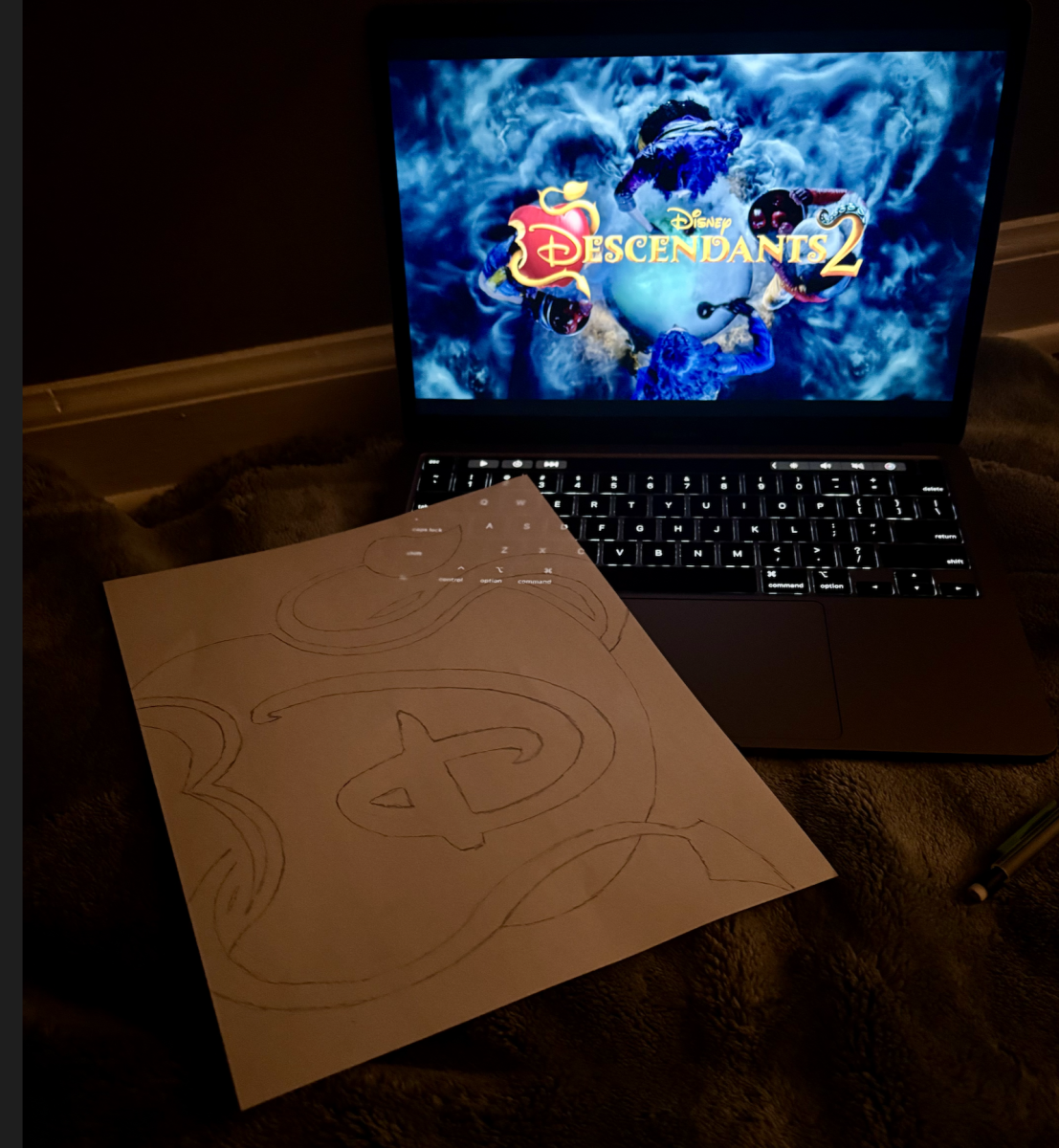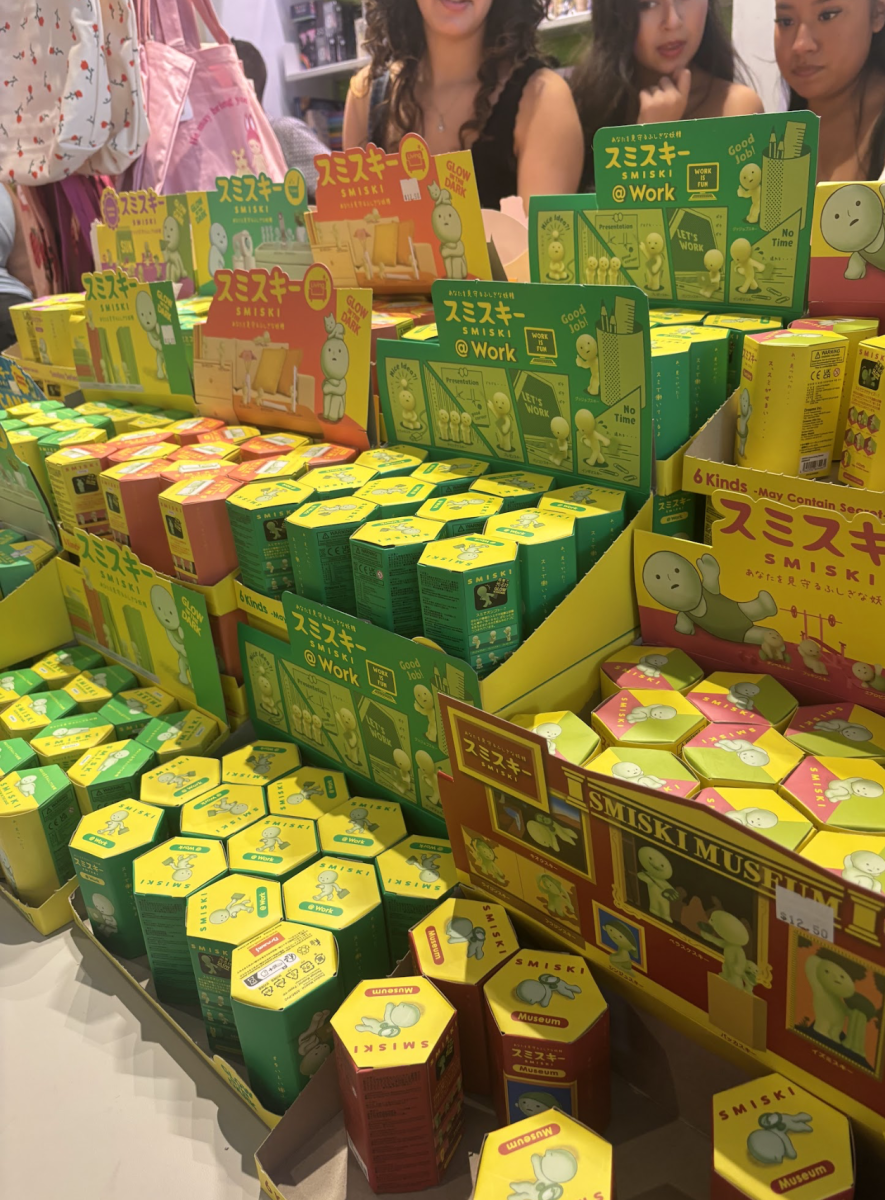From the fast-paced, groovy Casiopea, to Ryo Fukui’s smooth and classy rhythms, and Jiro Inagaki and His Soul Media’s funky classic jazz groove, Japanese Jazz (or Nihon no Jazu) is an incredibly diverse and even more incredibly overlooked genre of music. In terms of quality, the best of Nihon no Jazu rivals the swing-era prime here in the States that inspired it, but what brought it to Japan, and how did it find its way into a culture that so heavily valued its traditional ideals? And where does one begin their journey into this genre?
History
Before diving into the specific artists and sub-genres of Nihon no Jazu, it is important to understand what brought it into Japan in the first place and the history of how it developed. According to Brittanica, the policy of Sakoku, or “chained country” was enacted to protect traditional Japanese ideals, isolating Japan by closing its borders from all outsiders. This time of isolation, between 1600 and 1868, is called the Edo period.
The Edo period is signified by the rule of the Tokugawa shogunate, whose heavily enforced rules dictated much of the changes Japan underwent during this time. The biggest was the aforementioned policy of Sakoku, however, this was not the only large change. Changes to social standings began to occur. According to “Life During the Edo Period”, the class system enforced by the shogunate or bakufu consisted of samurai at the top, followed by farmers, artisans, and merchants in that order. However, the Edo period was very peaceful, and the samurai’s influence began to diminish. An increase in urbanization due to a growing population led to merchants becoming much more influential despite the closed borders. Kabuki theater, haikus, jôruri, and sumo wrestling arose during this period and became increasingly popular forms of entertainment.
When Japan finally opened its border for the first time in almost 230 years, it took advantage of the global interest in trade with its country and rapidly modernized, establishing itself enough as a world power to play a role in World War I. In the calm between World Wars, Japan went through much debate over whether it should revert to the traditional ideals or embrace the cosmopolitan influences from the West. American trading vessels had a great deal of influence over Japan, and jazz artists on these ships were the first to bring jazz to Japan. According to Blue Nippon: Authenticating Jazz in Japan by E. Taylor Atkins, jazz was very popular with the upper class who could afford things like record players during this time. This interest was sparked by a growing desire for Japan to be present in global culture. Jazz often represented the ushering of modernism into Japan and many welcomed it with open arms. The music itself wasn’t the change, but rather the breaking from traditional ideals countered the stagnant state of Japan that had persisted for hundreds of years. Jazz allowed a sense of freedom many younger people had never felt before, and it ended up changing many social norms like that of the hippie movement in America. Women and men started to dress much differently, much like Americans at the time, wearing more freeing and informal clothes.
However, during World War II, Japan went back to the traditional ideals that isolated it again. Western influences were stripped from the country to promote a common, nationalistic identity citizens could fight under, and great among these was the censorship of jazz. It wasn’t until the United States’ occupation of Japan that jazz fully took its footing. During this time, jazz was incredibly popular in the United States, and American soldiers stationed in Japan would often ask local artists to play the songs popular back home. With this, the interest in jazz had been reignited in Japan. Music being much more available and not under the government’s control to censor, the sparks of jazz grew like wildfire.
There are many different elements of Japanese jazz from countless different artists. Some artists took a more traditional approach, reproducing aspects of the swing era of jazz seen in America during the 1930’s while others were very liberal in their music, blending jazz, rock, and funk to create jazz fusion.
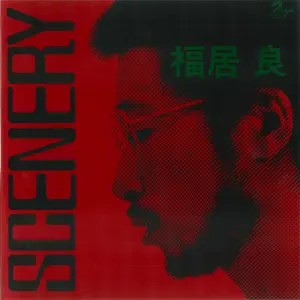
Released in 1976, Scenery was Ryo Fukui’s first album. The album contains six tracks, with only one being an original work by Ryo Fukui, a trend he would grow away from in his later works. Fukui’s use of piano is, in my opinion, what separates him from many of his contemporaries. His piano usage is so bold, yet so calm and peaceful, demonstrating his musical knowledge exceptionally. Much of Fukui’s work is what I would describe as a “book by a fireplace vibe.” Imagine this scene: on a cold, winter night, you kick back and relax in your leather recliner, a raging fire blazes in the fireplace by your side. You’re clad in your warmest sweater while reading your favorite book. That’s what I mean when I say fireplace vibe.
The second track on Scenery, “I Want To Talk About You,” like most of Fukui’s work, the backbone of the song is the piano. Even among his other tracks, “I Want To Talk About You” is exceptionally tranquil, and consistently so, maintaining that feel throughout rather than build to a climactic solo. The song’s consistency contributes significantly to the calming effect it provides. There is no unexpected twist and it maintains the same, jazz club/fireplace vibe throughout the song. The unsung hero here is the percussion. The subtleness of the cymbals and drums throughout further the song’s calming nature.
The sixth and final track on the Scenery, and the only original by Ryo Fukui, “Scenery,” is a preview of Fukui’s later works. It showcases his musical writing talent rather than another’s. It’s another “fireplace vibe” and is, in my opinion, the best example of this. The song, like the majority of Fukui’s work, is soothing. However, “Scenery” adds something new to the mix: “Scenery” invokes an almost emotional feeling when listening. It’s still soothing, but the usage of piano is more serious and almost reflective as if the song grieves for a lost loved one or a broken relationship.
Arguably one of the – if not the – most influential jazz fusion bands of all time, Casiopea is one of the most popular groups of this genre. With 40 albums from 1979’s CASIOPEA to 2024’s RIGHT NOW, Casiopea has the years and discography to back up its fame. The group has undergone many changes in members during its nearly 50-year tenure, yet they still maintain the same quality and sound throughout the hundreds of songs they have released.
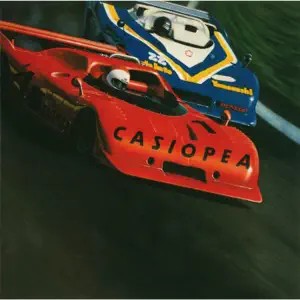
Casiopea’s first album, CASIOPEA, is undoubtedly their most famous work and was the first piece of music from them that I was exposed to. It set the tone for their music going forward and in my opinion, is one of their best albums despite being nearly 50 years old.
The second track on CASIOPEA, “Tears Of The Star” brings a different, calmer vibe to the album. In portions, it feels more like traditional jazz rather than jazz fusion due to the saxophone solo at the beginning of the song, yet it still holds that jazz fusion twang that makes it so different. Saxophones, keyboards, acoustic guitars, electric guitars, bass, piano, and drums – with so many moving pieces to this song, one would think it would feel cluttered and cramped as each instrument vies for a piece of the song; instead, all these pieces interweave together to create such a stunning harmony, showcasing Casiopea’s musical genius brilliantly.
The third track on CASIOPEA, “Space Road,” is a fast-paced and upbeat song that brings a sense of accomplishment as the song ends. It almost feels like this song evolves as it goes on, constantly moving forward and never looking back. The star of the show here has to be the bass. While in many songs, the bass takes a backseat, the bass here is on full display and plays one of my favorite basslines of all time throughout the song. As much as I love the bass in this track, one should not overlook the guitar. Once it gets going, it gets going, creating a sense of accomplishment, and the guitar finally builds up to the climax. This section from 3:40 – 5:14, is one of, if not my favorite, snippets from any song ever. Biased as I may be about it, this song is one of my all-time favorites and cements Casiopea as one of my favorite groups ever.
The fourth and final track from Casiopea I will cover is “Midnight Rendezvous.” This song was the first I heard from Casiopea and as such, will always hold a special place in my heart. I hate to be so vague, but the song is just a vibe. “Midnight Rendezvous” is much more laid back compared to the rest of Casiopea’s discography. It’s steady and apart from their usual guitar solo, the song maintains the same upbeat, feel throughout. This album is so adventurous and bold that “Midnight Rendezvous” is almost like a pit stop at the halfway point. This lets the normality of the track work greatly in its favor as it stands out against the rest of the album.
Jiro Inagaki and His Soul Media
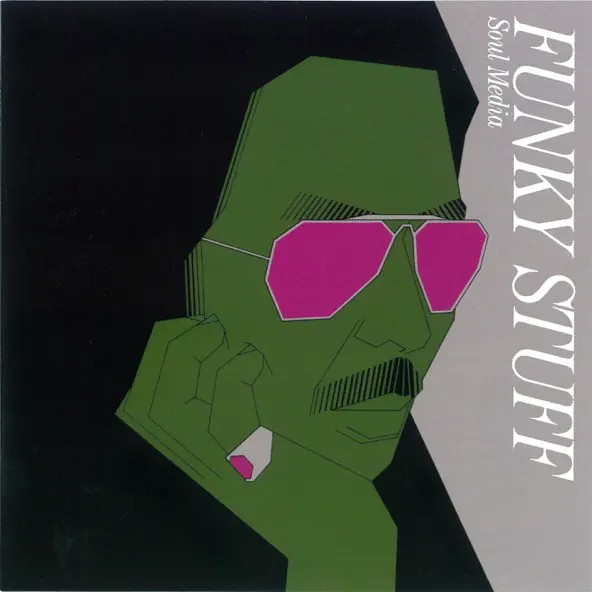
The third track on Funky Stuff, “Breeze” is, in my opinion, one of the best on the album and even one of Jiro Inagaki’s best. The song starts slow, with an almost wind-chime-sounding keyboard, creating a sense of mystery and wonder as the intro teases you of what’s to come. Then it transitions into a strong bassline, yet still maintains the same keyboard and percussion. As it progresses, the saxophone joins in. Perhaps being my all-time favorite saxophone piece of all timel, words cannot do it justice. As the saxophone fades away, the guitar takes a more present role. At first, it feels as if it is an intermission between the songs. Yet when the saxophone comes back in, they both play in sync. It’s a perfect combination of the two playing in complete harmony, and this snippet is truly what makes this song so fantastic.
The seventh track on Funky Stuff, “Gentle Wave,” has this air of mystery to it. Like “Breeze,” “Gentle Wave” starts with this almost wind-chime-sounding synth before any other instrument comes into the picture. It’s almost like an intro of what’s to come, setting up the stage for the piece to take flight. Take flight it does, with the bass, drums, and guitar wasting no time. The saxophone comes into play and sets up one of my favorite harmonies. The combination of all these instruments makes this almost “undercover spy-esque vibe.” I feel like a spy working undercover on a top-secret mission to gather intelligence back to home base. This culmination of smoothness in these melodies to create this beautifully crafted and suave harmony is truly a testament to Jiro Inagaki’s musical prowess.
Conclusion
Whether one looks for an upbeat Casiopea song to get in the groove, a Ryo Fukui song to reminisce on, or a smooth Jiro Inagaki and His Soul Media to feel like a million dollars, Nihon no Jazu has it all. I’ve only scratched the surface of what this genre offers and have only written about the basics. Words truly don’t do these songs justice, and I greatly encourage readers to discover the world of Japanese jazz as I still do with every listen.

